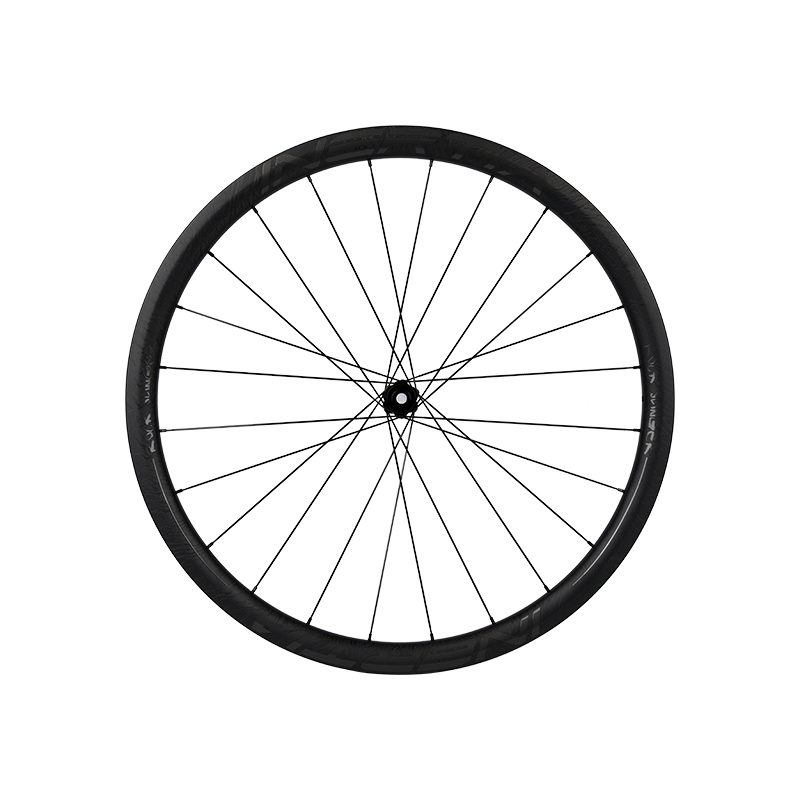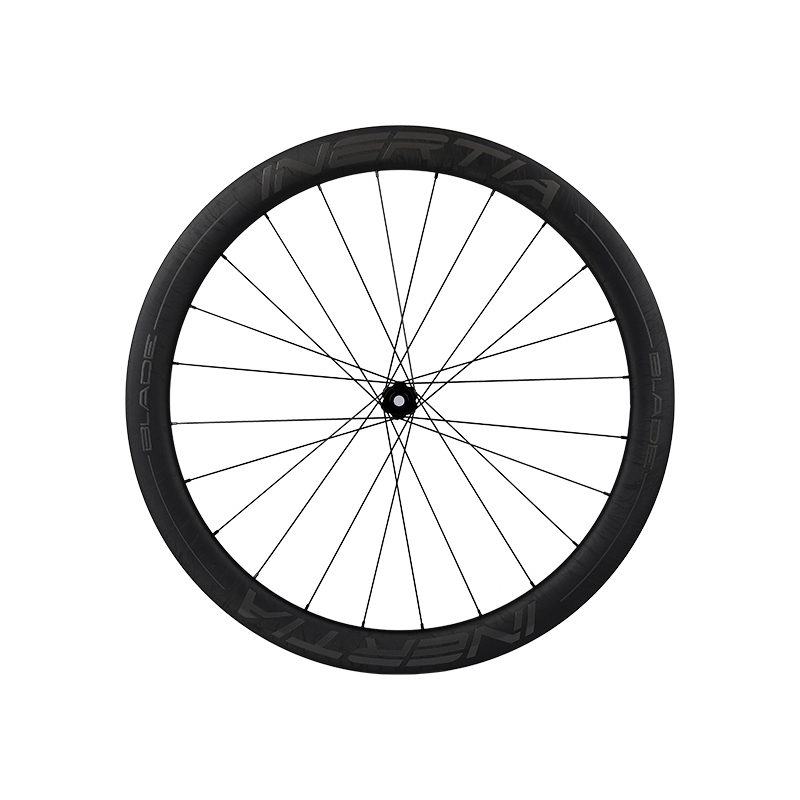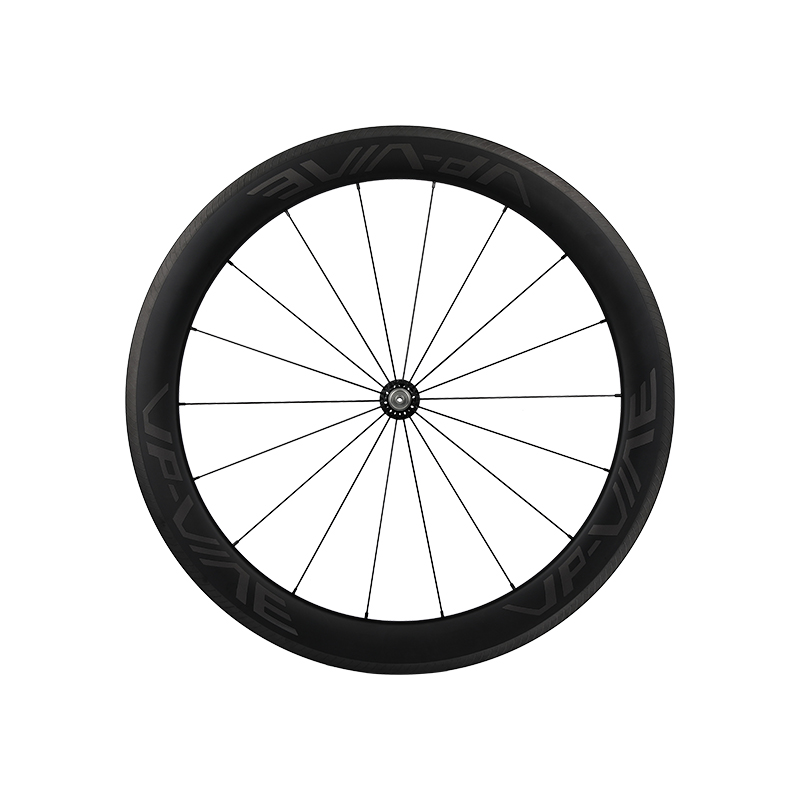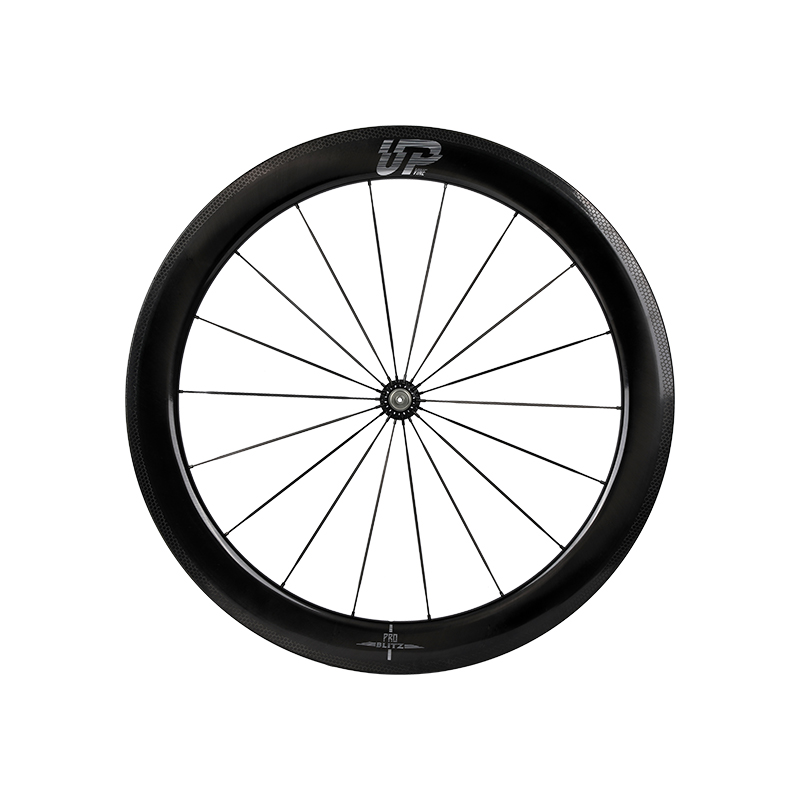When it comes to bicycle design, one of the most crucial yet often overlooked aspects is the compatibility of bycicle hubs with frames and forks, particularly focusing on hub spacing and axle standards. These elements play a significant role in ensuring that a bicycle performs optimally, offering a seamless riding experience. Understanding how hub spacing and axle standards work together can help both enthusiasts and casual riders make informed decisions when building or upgrading their bikes.
Hub spacing refers to the distance between the outer faces of the dropouts, where the wheel is mounted to the frame or fork. This measurement can vary depending on the type of bike and its intended use. For instance, road bikes typically feature narrower spacing compared to mountain bikes, which often have wider hubs to accommodate larger tires and more robust components. When choosing a hub, it’s vital to match the spacing to the frame and fork specifications; otherwise, you could end up with a wheel that simply won’t fit. This compatibility is essential not only for aesthetic reasons but also for performance, as improper spacing can affect the alignment of the wheel and lead to handling issues.
Axle standards are another critical factor that impacts compatibility. Over the years, various standards have emerged, such as quick-release skewers, thru-axles, and even more recent innovations like Boost spacing. Each of these axle types serves different purposes, influencing how the wheel connects to the frame. For instance, thru-axles provide increased stiffness and security, making them particularly popular in mountain biking and gravel riding. However, if you own a frame designed for quick-release axles, trying to fit a thru-axle wheel will be a lesson in futility. Thus, knowing your frame’s axle standard is just as important as understanding the hub spacing.

The interplay between hub spacing and axle standards doesn’t just affect fit; it also impacts performance. A correctly spaced and standardized hub allows for proper wheel alignment, which is crucial for smooth rides and efficient power transfer from the pedals to the road. A misaligned wheel can lead to uneven tire wear, reduced braking performance, and an overall compromised riding experience. Additionally, in disciplines like competitive cycling, where every millisecond counts, ensuring that your hubs are compatible can make a significant difference in performance.
With the continual evolution of bicycle technology, the landscape of hub spacing and axle standards is always changing. New standards often aim to improve performance, enhance rider experience, and address the needs of various cycling disciplines. For example, the introduction of Boost spacing has allowed for wider tires without sacrificing chainline, catering to the growing trend of plus-size and gravel bikes. Keeping abreast of these developments can help cyclists make informed choices and avoid compatibility pitfalls that could limit their riding experience.
Understanding how bycicle hub spacing and axle standards affect compatibility with frames and forks is essential for anyone looking to optimize their bicycle’s performance. These elements play a pivotal role in ensuring that every component works harmoniously, providing the rider with an experience that is not only enjoyable but also safe and efficient. Whether you are upgrading your bike or building a new one from scratch, paying attention to these details will ensure you ride smoothly on any terrain.



 Español
Español













